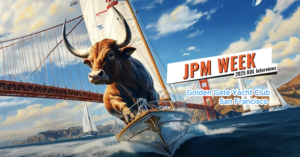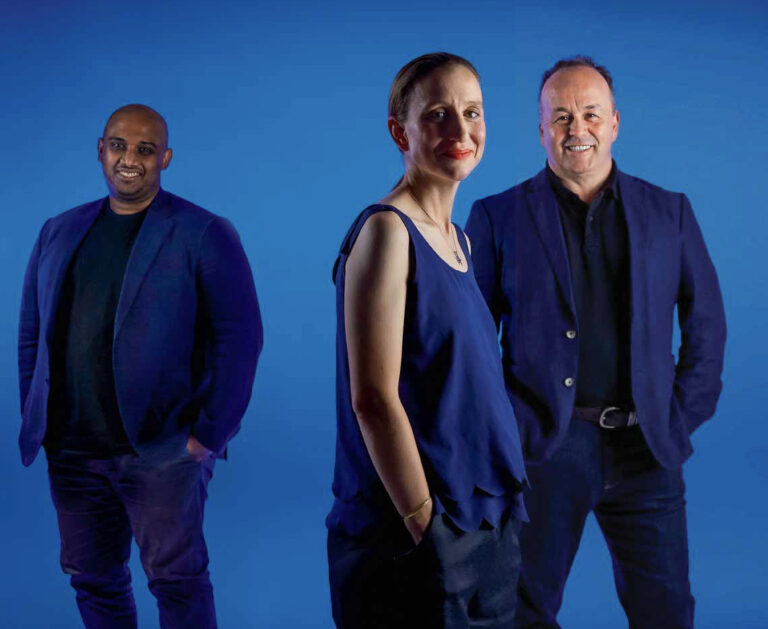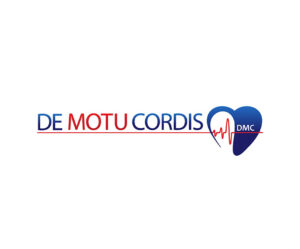The goal of better understanding future pandemics is still a key part of the research at the University of Queensland’s school of chemistry and molecular bioscience, but the cancer work is now an important development. The goal is for advanced mapping technology to help doctors understand how each patient’s disease is progressing and responding to treatments
“We’ve effectively shown we can mine tissues or go back and look at our sort of ancestral tissues that are over 105 years old,” says Kulasinghe. “This is important globally, because in hospitals and in biobanks they throw away cancer tissues. What we’ve shown is that there is so much information in them. We should be creating biobanks around them.”
Short, a virologist at the school, says: “We’re going back in history to inform preparedness for the future. That probably doesn’t sound that innovative, but actually, as humans, we are rubbish at learning from the past.”
Working on slivers of century-old lung samples from people who succumbed to the Spanish flu, the team used spatial mapping to create a “Google Maps-like” framework of individual cells to show how they interacted with each other. They hoped to understand why younger people had been more likely to experience worse outcomes from Covid-19, which has been labelled as causing the most lethal pandemic or modern times.
Each sample slide is run through the PhenoCycler-Fusion system machine – the only one of its kind in the country – which creates about 10 terabytes of data, the equivalent of almost 300 days of video.
Fraser, who is also the director of intensive care at St Andrew’s War Memorial Hospital and the critical care research group at Prince Charles Hospital in Brisbane, calls the research “razzle-dazzle medicine”.
“Imagine a fruit salad,” he says. “The way we [test samples] at the moment is we take the bit of tissue, we mush it up, and we look at the general stuff that’s there. It’s like a smoothie. Whereas, with this technique, you can see each grape, each black currant, each kiwifruit, each orange, and also understand how they interact with one another.” It wasn’t easy to obtain the essential 1918 tissue samples they needed, says Kulasinghe. The researchers wrote to about 60 international museums and scientific labs for assistance but only two responded.
“No one thought that experiment was possible,” he says. “Then one decided to help us get some tissues. We’ve been able to show that the signal is preserved – we can actually see molecular signs of infection and the changes that are underway in the lungs. It’s been this revolutionary story about new technology, team science, and also having this really collaborative space to understand it.”
The Wesley Research Institute funded the project and established the Queensland Spatial Biology Centre to continue the vital research in collaboration with scientists worldwide. Short believes more pandemics are inevitable as humans increasingly move into new regions and high-intensity live farming grows. She dreams of testing different organs of 1918 flu victims to see if they were affected similarly to patients who experienced long Covid-19.
The three researchers are also interested in seeing how far they can go back in time. “What if we could go back to some of the Egyptian mummies who died of things like smallpox and start looking at what was going on in those individuals?” Short says. “It would just be phenomenal. The idea that this technology could work on such old and ultimately poorly preserved samples opens up a whole new area.”
Words MACKENZIE SCOTT, THE AUSTRALIAN
Photography Nick Cubbin




